What's On Your Bench 1:2018
1234
1234
|
Don....I love that #13. I hope you post some pictures of it on your layout.
As to my Grandt Line Caboose. It's currently still in the box awaiting a pin vise and bits to drill all the holes. Its just such a nice kit, I am going to take my time to built it one section at a time. It's a far cry from all the model cars I built as a teen. Fred cotterell0204181554.jpgi
Ohio Creek Extension
|
|
In reply to this post by Keith Hayes
Well, it is Feburary, and I have been working on more ballast and grade crossings.
Also on the to-do list was a short track extension at the coal dealer to accommodate a fourth car. I picked up a Wild West building for the office. 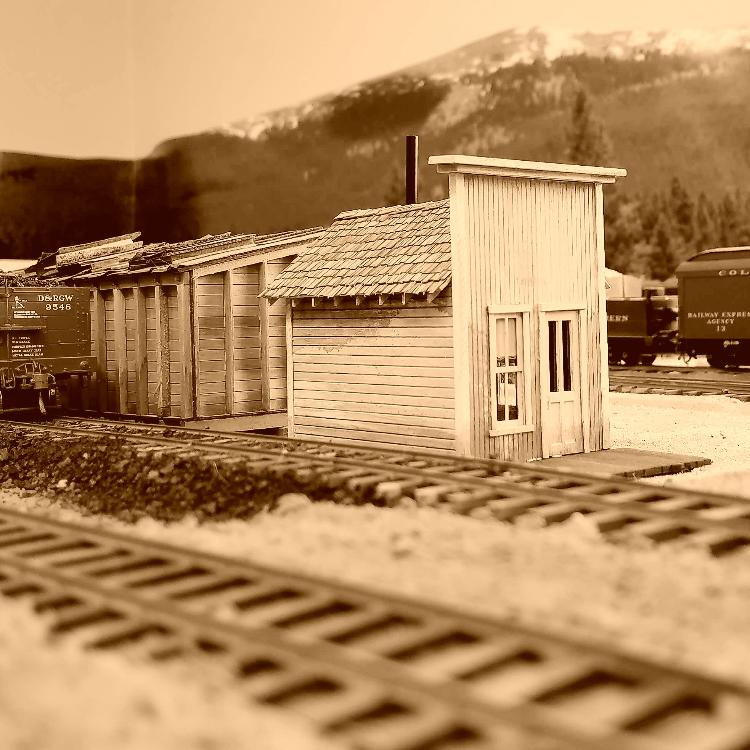 This will be Cloud City Coal. Cloud City is served by the D&RGW.
Keith Hayes
Leadville in Sn3 |
|
This post was updated on .
excellent, love that false front. A tiny building with a big attitude.
Your models always invite, and reward, a really good, close look. Nice work! John Greenly Lansing, NY
John Greenly
Lansing, NY |
|
In reply to this post by Keith Hayes
Keith: Cool beans! I think that your work is spot on as usual. Keep it up.
As for me, a number of projects are still on the bench awaiting parts and or tools to start construction. We acquired a third mogul. Its nicely weathered, but has a tender that is off a C-16. It's going to either get a new tender or just be lettered for another feeder rr as a leased loco. Another bit of news is that next month we are moving into a mobile home we are buying. Its a permanent move into a two bedroom home. We are going to finally get a home for our little slice of Colorado to be built. It has a master bedroom that is 14x16. That is going to be where it goes. Until later.... Fred Cotterell
Ohio Creek Extension
|
|
I've been making some progress on the Jefferson schoolhouse.
Modified Tichy Train Group windows (originals on left; schoolhouse versions on right): 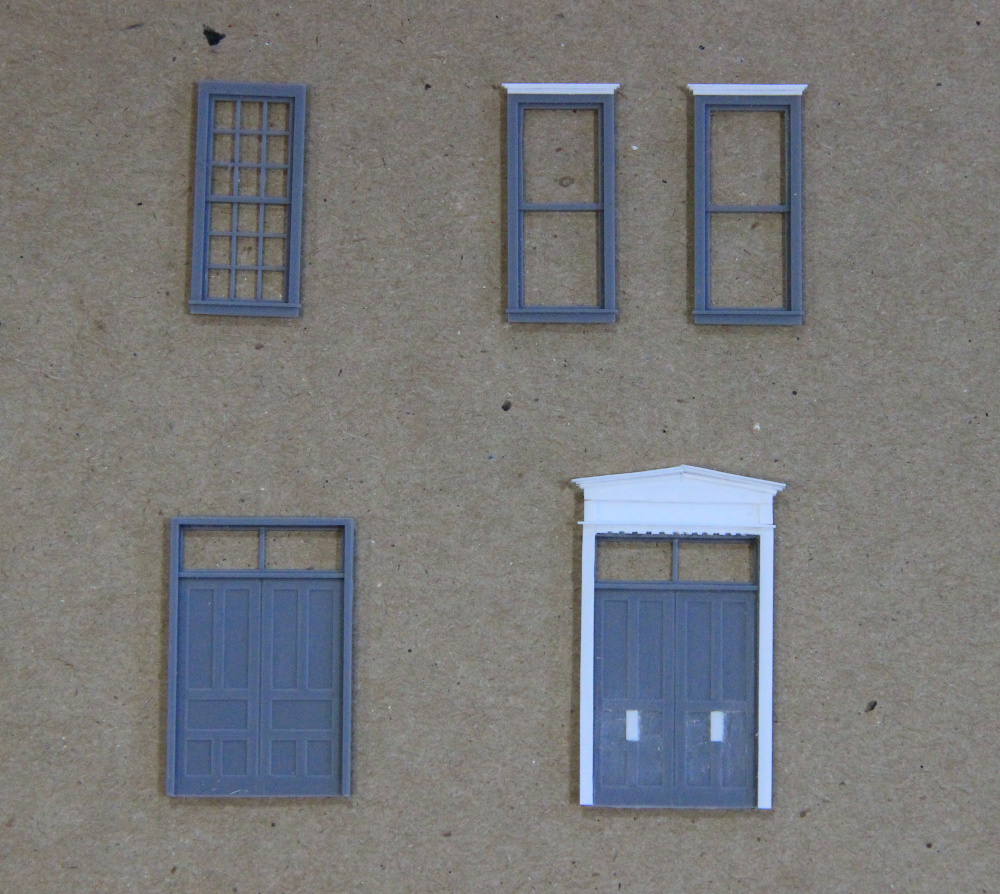 I've also been working on the corner columns, which are turning out to be difficult at 1:87th scale: 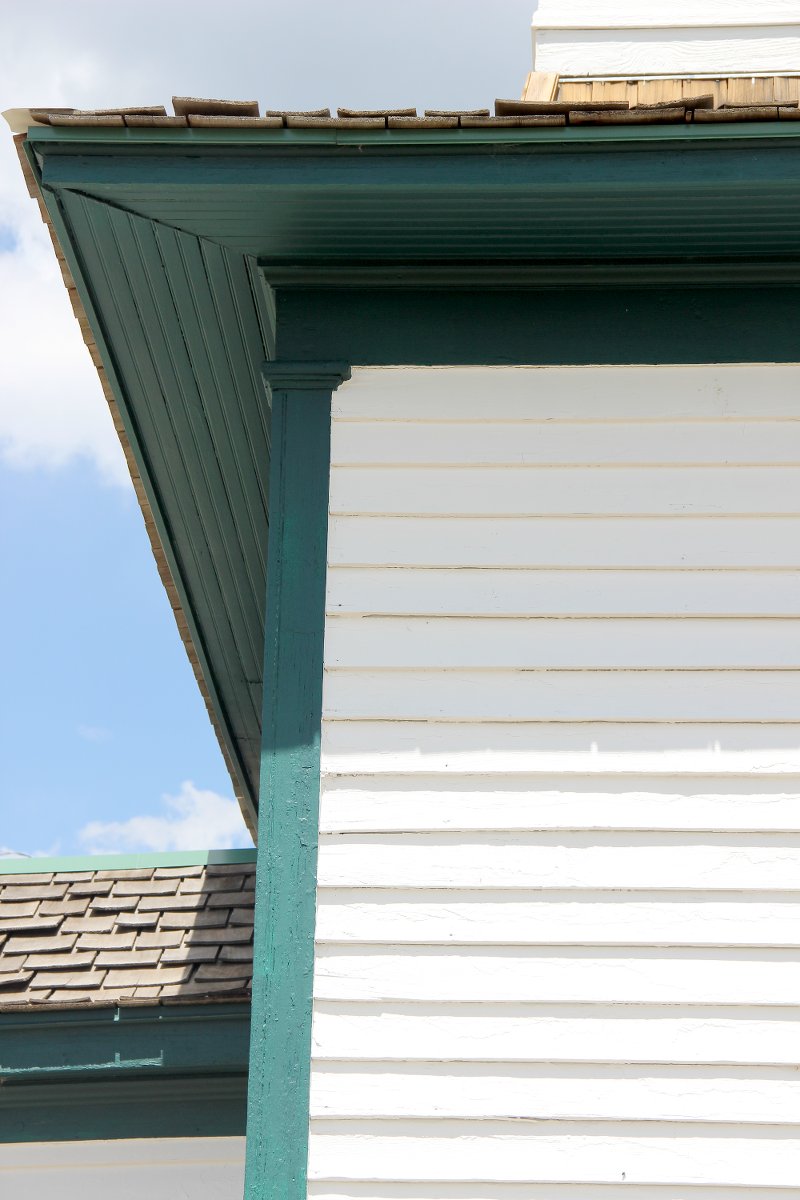 |
|
Looking nice!
|
|
In reply to this post by Keith Hayes
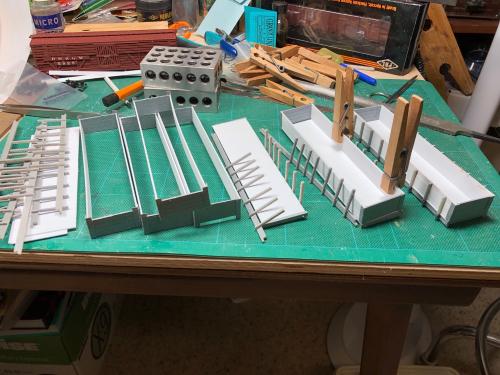 The picture of D&RG 9313 in the Leadville Roundhouse thread inspired me to make a series of 6 cars from the 9300 - 9350 series. From Marshall Pass hill turn date three cars of the series went to Breckenridge and Fairplay in 1923 - 1924 as well as several cars went to Leadville, interchange unknown. As a correction to my note dating this photo. The 9300 - 9350 cars were built in 1899, not 1898 as I stated. The car ahead was either in the series 1000 - 1249, but 1903 or 9351 - 9574, blt 1902. |
|
Way to go, Pat! Keep us posted on progress.
Will these have wood draftgear?
Keith Hayes
Leadville in Sn3 |
 Yes. |
|
Want to build a dual gauge transition switch/draw over frogs to change sides.Info and pictures would be great
Thanks GRUMPY
|
|
In reply to this post by Pat Student
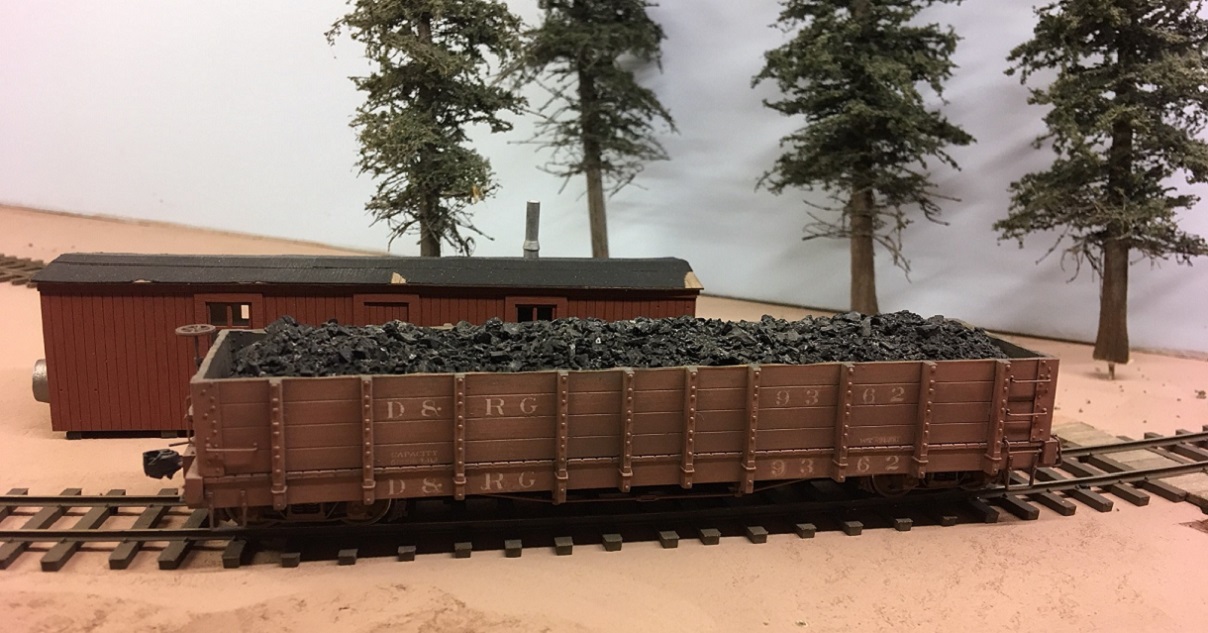 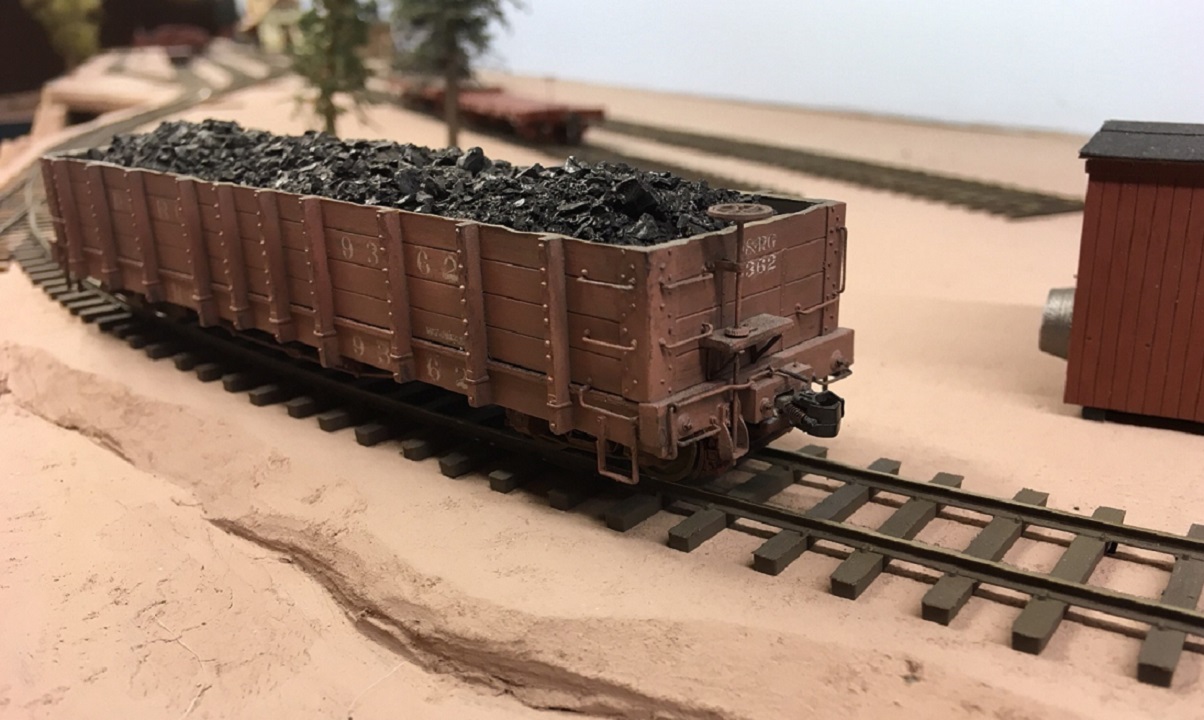 Sn3 model by Dale Kreutzer My friend Dale Kreutzer's RGS layout was originally set in 1925. Dale kitbashed a number of D&RG four-board 32 foot gons, as they might have appeared before the 1924-26 rebuilding into the modern high-side gon. Included was low slung D&RG 9362, as it might have looked after the USSA grab irons and steps were added in the mid teens. A couple of years ago Dale moved his layout's time frame forward to 1928, to allow him to run K-27s. The pre-rebuild gons became anachronisms and he removed them from the layout. After Pat's great post about D&RG interchange with the C&S (http://c-sng-discussion-forum.41377.n7.nabble.com/C-amp-S-Cars-on-the-D-amp-RGW-at-Marshall-Pass-td7805.html), and how many D&RG cars showed up in the records consigned to a wide variety of C&S stations, I felt I needed a few D&RG cars for my 1920's C&S roster. So Dale and I did some trading and I ended up with four of the early 1920s four-board gons, including 3962. The one thing Dale didn't add in his kitbash of 9362 were the cast stake pockets. Pat (in the same link, above) pointed out that Grandt 2 bolt stake pockets will fit right over the PBL stakes, once the cast single u-bolt is scraped off. If I ever get around to it, I might add the stake pockets to Dale's car, and give the car a new paint job (though Dales weathering is superb!).
Jim Courtney
Poulsbo, WA |
|
The whole damned loco, well minus the cab that is. The very last parts made, put up on stands to do the wiring now.
Only 9 years since the wheels were cast......  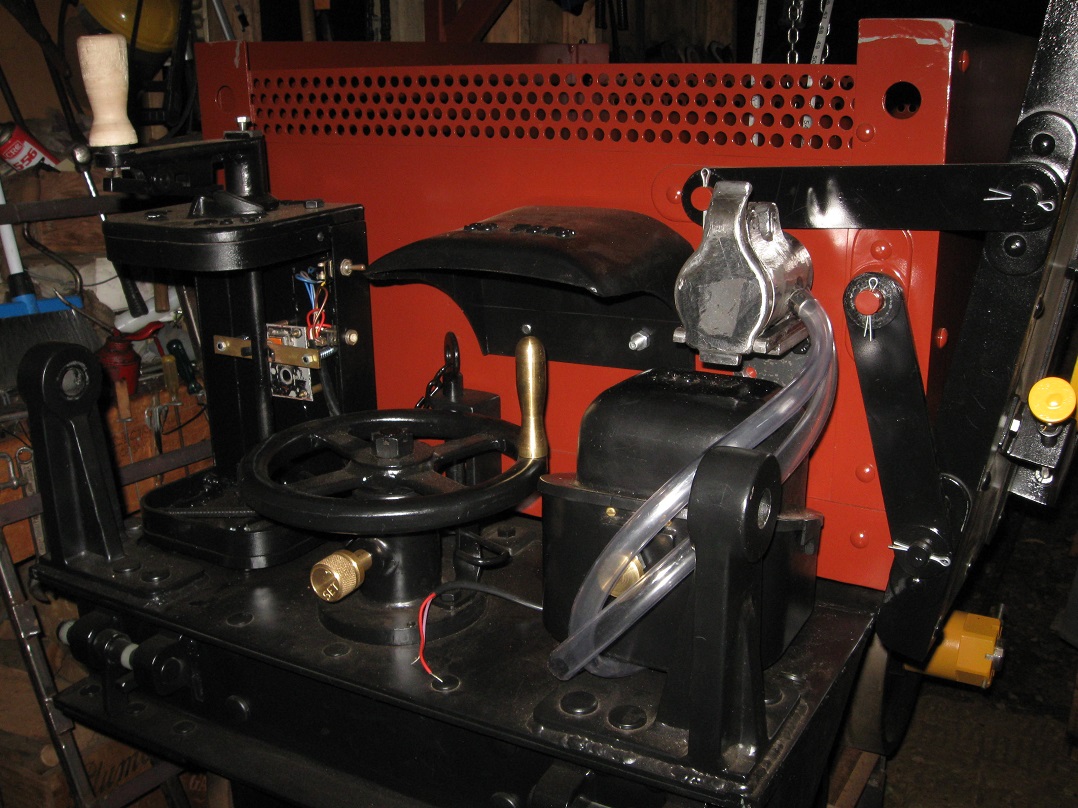
UpSideDownC
in New Zealand |
|
You’re going to need a bigger bench, Chris.
|
|
and a longer line to run it on....

UpSideDownC
in New Zealand |
|
In reply to this post by Jim Courtney
Not to detract from Dale's excellent model, but 9362 was a high rider, i.e., the draft gear was bolted to the bottom of the center sills like the 1000's when built. The correct numbers for this car would be 9300 - 9350. See an excellent article in the current The Prospector by Stan Rhine on building a 9300 in 1/24th scale. The article also describes the 9200's and 9350's.
As to adding cast stake pockets it requires milling or filing the the u-bolt and stake down about 0.015" so the cast stake pocket lays flush with the side sill. Also the u-bolts on the side of the stake pocket needs to scraped off. I made a jig to limit filling too high on the stake with a four cut pillar file, final thickness of the P-B-L side sill and sake should be just under 5/32". I do this before removing the 3 A-end stakes which need to be relocated. A pillar file has no teeth on one or both edges and I find these a very useful addition to my work bench, coarseness increases with cut number. . |
|
This post was updated on .
Thanks for the info Pat!
So, stake pockets and a new paint job are in order, with a new number 93xx, but <9351. I look forward to seeing your progress on the 9300 low riders for further inspiration. Keep the photos coming!! Any suggestions as to filing down the PBL stake plate and U-bolt, seeing as they are now on a finished car, other than careful scraping and filing? Any chance of posting a photo of the jig you made -- I guess you put the clean edge of the pillar file next to the lower edge of the jig? Also, the erection drawings in Sloan's soft cover book, as I recall, suggest an odd original air brake system with air cutoffs to allow either straight air or automatic air, depending on the other cars in the train. When was this modified to conventional automatic air? After modification, was it a split cylinder / reservoir set up like on the original 1903 3000 boxcars or a single K-type single cylinder-reservoir?? (since the car sat so low on the rails, Dale never bothered to add brake detail) And the 3 A-end stakes were located differently from the B-end stakes? Well, that's not likely to happen on my car . . . 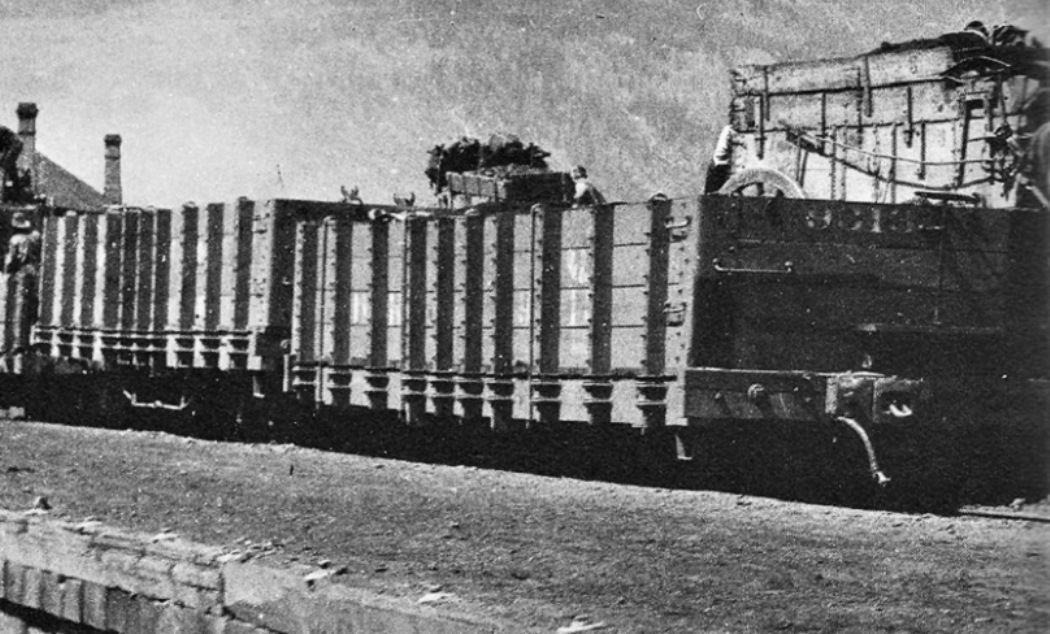 And the 4 vertical tie rods that looped over the sides, did they survive the USSA appliance application? If I ever spend time trying to improve on Dale's model, might as well try to get it right for 1920. Always learn something new from Pat. 
Jim Courtney
Poulsbo, WA |
 The only dimensions I remember on the jig is a sheet of 1/16"basswood to emulate the side of the cars the side sill / stake casting has something to rest against. The base for the cover is thick enough for the casting to easily slide in. The top cover is 1/8" to give sufficient surface for the file. The 1/32" strip is inserted over the casting to anchor it for filing. Also added stops at the end of the opening for the side sill for extra anchoring. Yes, the smooth edge of the file goes next to the 1/8" guide. KD's with piping to also operate as straight air were applied 1903 - 1906. KC's were applied in the mid-teens with no option for straight air. The 3000's 5500's had KD's applied at time of building or shortly thereafter. The 3000's kept the KD's until rebuilding due to the short distance of 4'11" between needle-beam centers. At time of rebuilding this was increased 5' 9" to accommodate the KC cylinder. The 5500's were build with the needle-beam centers of 5' 9" which allowed conversion to KC in the mid teens which was increased to 6' 10" at time of rebuilding. The gondolas were built with needle-beam centers of 7' 0" allowing for conversion to KC brakes. The 3000's were rebuilt between 1922 and 1826, with some being in the program twice. The 5500's were rebuilt in March through May of 1926. The reason the 6 A-end stakes had to be moved was the end of the car was flush with the end sill. This feature was on all cars of the 1000 - 1249, 1250 - 1499, 1500 - 1899 and 9200 - 9574 as built. At time of rebuilding the A-ends were brought in to match the spacing on the B-ends. The A-end of the model is left end in the photo. Looking at the photo the car behind the 9313 is either from a 1000 - 1249 or 9351 - 9574 series. |
|
This post was updated on .
Thanks for all the info, Pat.
I'm seeing how I might make a filing jig for use on an assembled car, with out screwing things up! And is that a red 5900 stock car I see in the last photo?? As I recall, your records indicated that a couple of these cars traveled through Como on the way to Fairplay in 1924-25. Could you post a photo of that car as well? By the way, Pat. When you post photos here, select (under post image) "float"= none; "resize"= none. "Big size" actually reduces most posted photos from cell phone cameras. The ideal resize is a horizontal width of 1000 to 1200 pixels. Would love to see all the details of your models!
Jim Courtney
Poulsbo, WA |
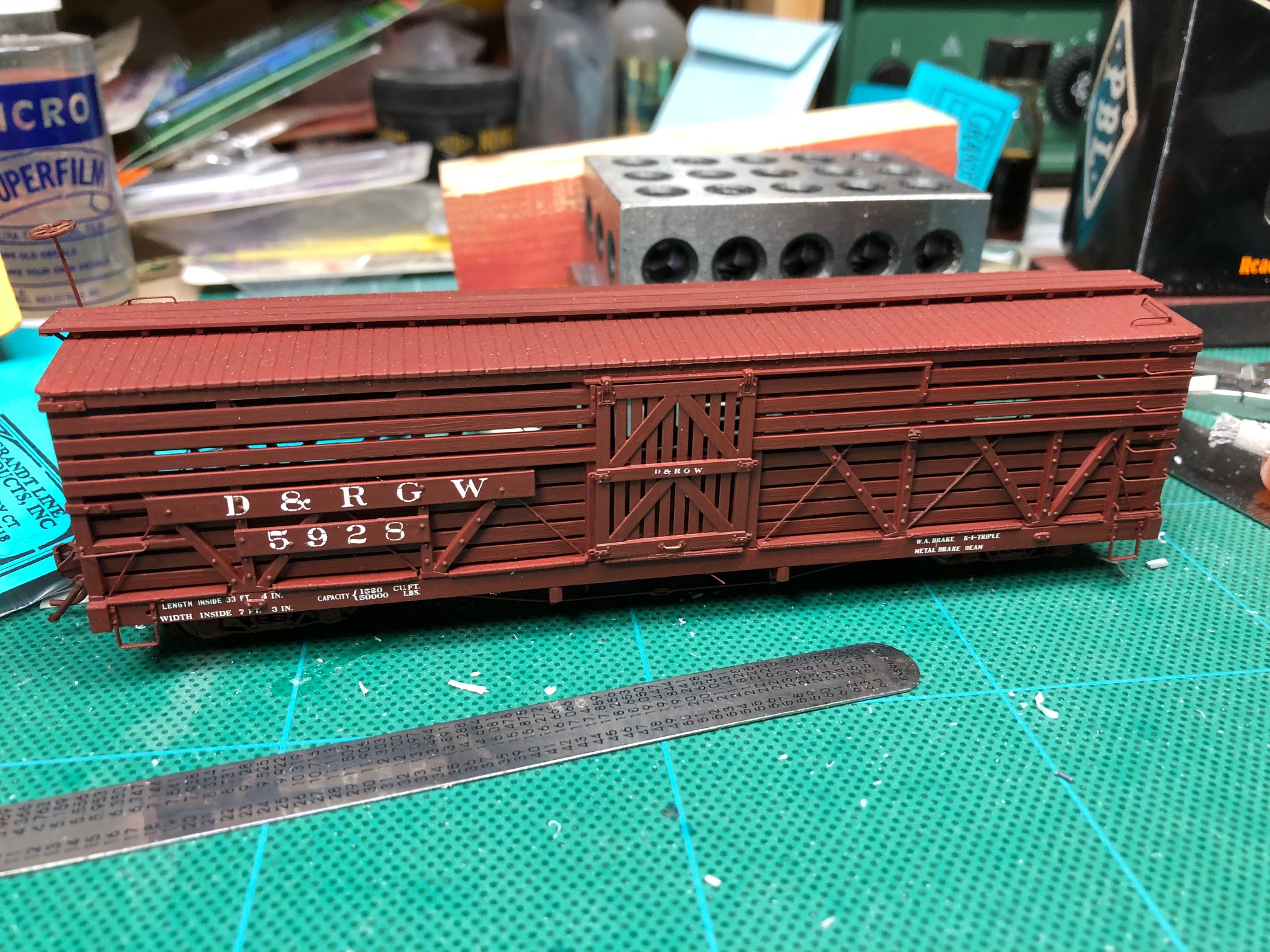 The D&RGW 5928 is painted and lettered as it was built in 1923. 5954 and 5952 were loads of props consigned to Alma In May 1924. Thanks for the tips on the photos. My problem is that Nabble thought my photos are upside down, when all my other software agrees they are right side up Think I've figured out how to frustrate Nabble. In our exchanges I've noted a lot of material on D&RG / D&RGW cars, and have more to share. I am going to start a new thread or threads for this information. so that it will easier to refer back to and if not of interest, easier to stop. |
|
Wow, now we can savor the details!
 To keep the photos full page but not too big, I pull my photos up in Microsoft "Paint" and resize them to 1000-1200 pixels in the horizontal dimension, by using the resize option and increase or decrease the percentage until I have the horizontal dimension that I want. Others may have a better way . . .
Jim Courtney
Poulsbo, WA |
«
Return to C&Sng Discussion Forum
|
1 view|%1 views
| Free forum by Nabble | Edit this page |

